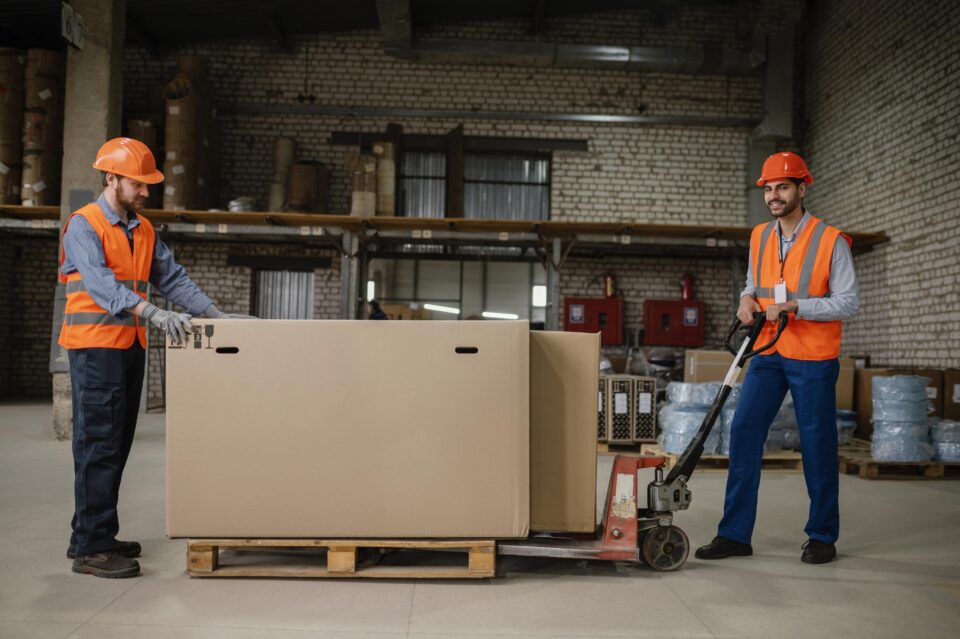Table of Contents
Introduction:
Are you struggling with the challenges of lifting heavy loads in your industrial or construction setting? Do the standard lifting devices fall short of meeting your unique requirements? If yes, then custom lifting device design and engineering services might be the perfect solution for you. These tailored lifting solutions are meticulously designed and engineered by certified professionals to ensure safety, enhance productivity, and simplify your material handling needs.
Understanding Custom Lifting Devices:
Custom lifting devices are specially designed equipment tailored to specific lifting needs that standard machines can’t resolve. These devices could range from crane attachments, spreader beams, lifting beams, hoist rings, and more. The custom design ensures that these devices can handle complex lifting tasks, ensuring a safer and more efficient operation.
The Importance of Custom Design:
A custom design is essential for lifting devices because every operation has different needs. Factors such as load weight, shape, size, and the environment all require unique solutions. A generic lifting device may not be able to meet these specific requisites, leading to inefficiency and potential safety risks. On the other hand, custom design tailors the device according to these nuances, ensuring optimal performance.
The Role of Certified Engineers in Custom Lifting Devices Design:
Certified engineers play a pivotal role in designing custom lifting devices. They conduct a thorough analysis of your operation, understand your unique requirements, and then design a lifting device that perfectly aligns with these needs. These engineers follow rigorous standards to ensure the safety and durability of the device, providing you with a reliable, long-lasting solution.
Designing lifting devices is a complex task that requires deep technical understanding and expertise. These devices are used in various industries, from construction to manufacturing, and play a vital role in ensuring operational efficiency and safety. The task of designing these devices should not be left to amateurs, but instead, it should be handled by certified engineers who understand the intricacies involved.

Certified engineers bring with them a wealth of knowledge and experience. These professionals have undergone rigorous training and have been tested for their understanding of safety regulations, structural analysis, material science, and other related fields. They know how to design lifting devices to be robust, reliable, and efficient, all while adhering to the industry’s stringent safety standards.
Moreover, certified engineers are well-versed in customizing designs to meet specific requirements. If you need a lifting device for a unique application, these experts can tailor the design to fit your needs perfectly, ensuring optimal performance and safety.
So, the role of certified engineers cannot be overstated when it comes to the design of lifting devices. They are instrumental in creating devices that not only perform efficiently but also prioritize user safety. With their input, businesses can be confident that their operations are in safe, capable hands. Their expertise and certification ensure that every lifting device is designed to the highest standards, catering to the unique needs of each project or business.
Safety Measures in Custom Lifting Devices:
Safety is paramount when dealing with heavy loads. Custom lifting devices are designed with robust safety measures including, but not limited to, overload indicators, safety latches, and secure attachment points. These features alongside regular maintenance and inspections, ensure a safe working environment, reducing the risk of accidents.
How Custom Lifting Devices Enhance Productivity:
Custom lifting devices not only provide safer operations but also enhance productivity. By perfectly fitting into your operation, these devices streamline the lifting process, reducing downtime and increasing efficiency. This leads to cost savings in the long run, making custom lifting devices a worthy investment.
Conclusion:
The Future of Material Handling:
The future of material handling is moving towards custom solutions. The unique challenges presented by different operations necessitate the need for custom lifting devices. With certified engineers at the helm, these devices are designed with the utmost precision and safety measures. They not only ensure safer operations but also enhance productivity, making them an integral part of any operation. So, if you’re grappling with lifting challenges, it’s time to consider custom lifting device design and engineering services.
This article aims to outrank existing articles in a similar space by providing a comprehensive understanding of custom lifting devices, their design process, and the role of certified engineers. The information provided herein is unique, engaging, and designed to cater to a wide range of readers, from industry professionals to curious learners.

